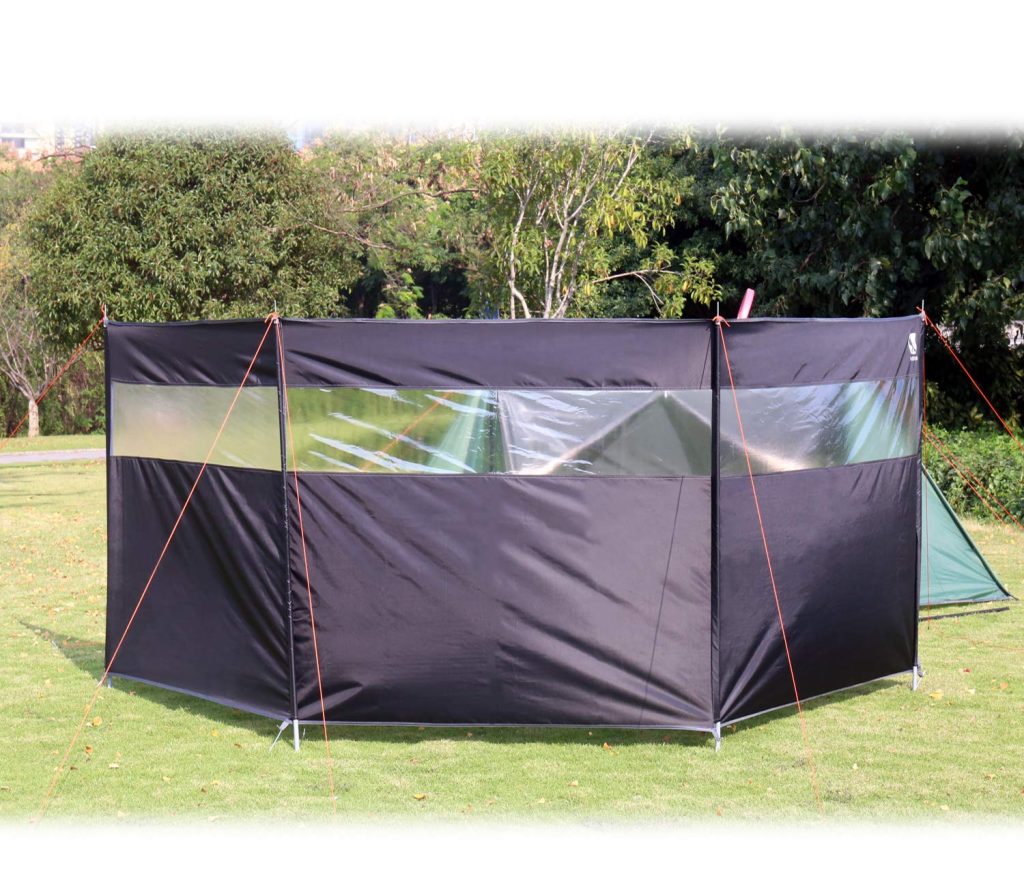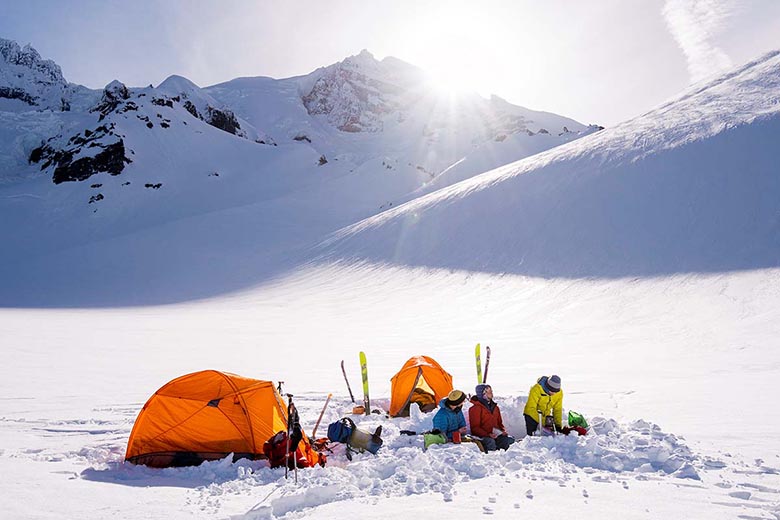As any experienced winter camper knows, staying warm and comfortable is the key to a successful cold-weather adventure. Insulating your tent correctly will ensure you stay cozy during your camping trip, no matter how cold the temperature drops. This article will provide various ways to insulate a tent for winter camping. Armed with this knowledge, you can ensure that your camping trip is an enjoyable and safe experience in even the harshest of cold environments.
Choosing the Right Camping Tent for Winter Trips
When going on an outdoor adventure, investing in a quality tent that can withstand even the harshest winter weather conditions is essential. Your tent can make or break your camping experience, so it is crucial to take the time to research and select one that will be suitable for winter camping.
Four-Season Tents

A durable four-season tent must be designed with increased air pockets and added insulation to keep you comfortable regardless of season. In winter, the tent should be able to withstand extreme weather conditions. These tents usually have an inner layer made from breathable material to have fresh air while keeping warm inside. In addition to being insulated, most four-season tents offer several other features that make them ideal for winter camping, such as highly waterproof fabric construction, solid poles and tie-downs, or even an enclosed vestibule.
Size and Space
If you plan to camp in cold weather, you should always choose a tent with enough space for all your camping gear, yourself, and anyone else you may be traveling with. A larger tent will help keep warm air inside while allowing for some extra breathing room compared to smaller tents. Additionally, a bigger tent will allow you to store more items, such as blankets and pillows, to help retain heat and make your winter camping experience more enjoyable.
Material and Construction
Different tent fabrics have different levels of insulation, waterproofing, and breathability. Some materials, such as nylon and polyester, are warm and provide excellent insulation. Others, like canvas or cotton, may be less insulated but are much more durable in extreme temperatures.
The construction of the tent also affects its level of insulation; single-wall tents have better air circulation than double-walled models, but they also allow for more heat loss. Additionally, tents with full-coverage rain flies provide better insulation than those without.
Insulating Your Camping Tent During Winter Trips
Before going on a winter camping trip, ensure your tent is adequately insulated and sealed. Proper insulation will help keep you warm and dry in even the coldest weather conditions. Here are some tips to help you properly insulate your tent while camping during winter trips:
Ground Insulation
Ensuring that your tent is well insulated from the cold ground is essential for any camping trip. Ground insulation can be achieved in various ways, including foam sleeping pads and inflatable sleeping mats.
Foam mats provide superior insulation and comfort by trapping warm air between you and the ground. They can also be folded or compacted for easy storage and transportation.
Inflatable sleeping mats are lightweight, convenient to store, and provide a comfortable cushion between the sleeper and the ground. However, they may not provide as much insulation as foam pads.
Inner Tent Insulation
If you’re camping in an area with temperatures that drop to extreme lows, using insulated sleeping bags and blankets can help keep the heat inside your tent. Inner tent insulation should always be used on top of ground insulation. Insulated sleeping bags provide maximum warmth and comfort while protecting you from drafts. Blankets can also be used for extra insulation; layering several blankets on each other will create a barrier against the cold and help keep your tent warm.
Rainfly and Weather Flaps
Many tents are equipped with rainfly and weather flaps to protect against drafts and wind. A good quality rainfly should wrap fully around the tent for maximum protection from the elements. In addition, a properly fitted rainfly will help trap warm air inside your tent, keeping you insulated from the cold outside air. Weather flaps should be fastened securely before entering or leaving the tent to prevent any cold air from entering.
Wind Barriers

When camping in windy conditions, it is essential to set up barriers around your tent to protect against cold gusts of air. Wind barriers can be made from materials such as nylon tarps or blankets. These should be placed strategically around the edges and entrances of the tent to help keep cold air out and warm air in. You can also use stakes and rope to secure your wind barriers to the ground.
Sealing Gaps and Vents
The cold winter air can make its way into your tent through the smallest cracks or gaps, so it is important to seal these areas to keep warm air inside. You can seal gaps and seams with various materials, such as duct tape or silicone caulk. Additionally, you should always make sure your tent’s vents are sealed shut when camping in cold weather; you can use a piece of fabric or emergency blankets to cover the vents and keep out cold air.
Precautions and Safety Measures for Winter Camping
Of course, staying safe and healthy while winter camping should always be a priority. Here are some outdoor adventure tips to help you stay safe while camping in the cold:
Ventilation
The inside of the tent should be kept as dry as possible. If the air inside your tent gets too humid, condensation may form on the walls and ceiling. This can cause discomfort and even lead to hypothermia if not addressed promptly. To avoid this, open any flaps or vents in the tent for proper ventilation during cold-weather camping trips.
Campsite Selection

Depending on the severity of the weather, you should always choose a campsite sheltered from wind and other extreme weather conditions. You should also ensure that your tent is pitched on an area with good drainage to prevent melting snow from getting into your tent. If possible, you should try to find an area with some protection from trees or boulders.
Snow Management
When snow starts to accumulate around your tent, it can compromise the insulation and structure of the tent. To prevent this from happening, clear off any snow that accumulates on top and near the tent. You can also use a shovel or snow rake to push heavy drifts away from the entrance of your tent. Additionally, you may want to set up wind barriers to minimize the snow accumulating around your tent.
Conclusion
Following the guidelines outlined in this article, campers can ensure their tents are properly insulated and sealed for a warm and safe winter camping experience. Selecting the right tent suitable for cold weather conditions is essential to enjoying your outdoor adventure. Additionally, ground insulation, inner tent insulation, rainfly, and wind barriers all help trap warm air inside your tent and keep cold air out.
Don’t forget to implement proper safety measures while camping in the snow, such as ventilation, campsite selection, and snow management. With the right preparation and precautions, winter camping can be an enjoyable and rewarding experience for all! Always remember to stay safe and enjoy your outdoor adventure!
